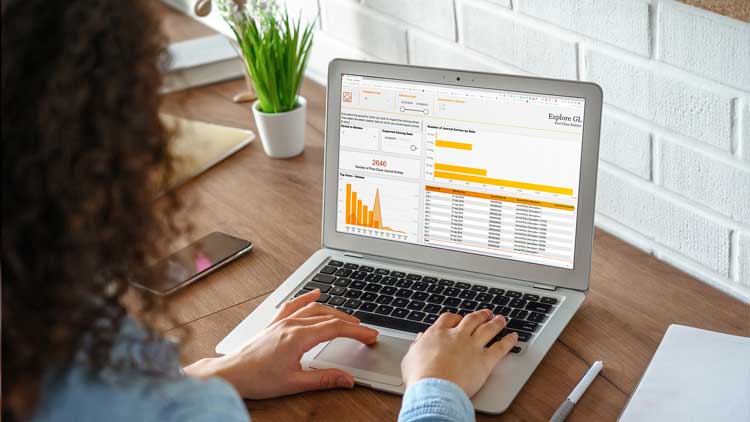With the IFRS 17 requirements set to come into effect on 1 January 2023, companies need to convert their general ledger from an IFRS 4 to the new IFRS 17 basis. There is significant work involved to be ready for this conversion so companies need to make some important decisions around timing and their implementation plans. Setting the right approach won’t just support a smoother implementation, but also presents an opportunity to improve efficiency.
As part of the conversion there is a requirement to have an opening balance sheet at 1 January 2022 and restated comparative information for 2022 to support 2023 disclosures. This introduces an interesting choice - whether to convert the general ledger operationally on:
- 1 January 2023, with the comparative information for 2022 prepared as a restatement rather than through running a parallel ledger.
- 1 January 2022, with full parallel reporting completed in 2022 in order to prepare the comparatives.
Before you decide, it’s important to have a complete view of what the conversation activity will involve.
What the conversion activity involves
To get ready there are a number of considerations:
- Planning: Determine the timing and resources required in advance. This includes ensuring a joint approach from Finance, Operations, Data and IT.
- Conversion Approach: Define a clear approach, including how to affect controlled movements from the IFRS 4 to the IFRS 17 chart of accounts through ‘migration control accounts’.
- Detailed Design: Have a detailed design for the migration and cutover, including the process, controls and governance that will be followed.
- Balance Sheet Analysis: Set aside time to decompose and analyse the IFRS 4 Balance Sheet, including attestation for the identification, clear down and resolution of orphan balances. This could be through setting parameters for reviewing current and historic balances, such as premiums in suspense accounts for greater than three months.
- Conversion Dry Run: Ensure a smooth balance sheet transition by running a test of the conversion processes. This could be a paper-based exercise stepping through the process ensuring that the correct protocols are in place.
- Conversion Execution: Execute the conversion based on the approach taken for IFRS 17 adoption.
Challenges and opportunities
One of the biggest challenges is the effort needed to address legacy balances to enable a ‘clean’ conversion of the general ledger. These historical items often need input from stakeholders across finance, operations, IT to resolve, making it a slow process.
IFRS 17 is an opportunity to eliminate these items once and for all, reducing the administrative burden of historical balances in the future. This would ensure a clean take on of balances upon transition, with a modernised process between the various systems such as data warehouses, reconciliation tools and the new CSM accounting engine. The introduction of the Unit of Account requirements in IFRS 17 increases the complexity that will be associated with orphan transactions in future, an even greater incentive to have a ‘clean’ conversion.
The benefits of doing this exercise are:
- Improved working day timetable and seamless reconciliation.
- Integrated UoA data and CSM accounting engine processes.
- Smooth transition and cleaner migration to IFRS 17.
What next?
With the ongoing transformation and implementation, we view this as an opportunity for insurers to accelerate the ledger clean-up initiative of the IFRS 4 and legacy balances within their general ledgers and plan in advance to incorporate in their dry run / parallel run testing for the conversion to their new IFRS 17 ledger.


















